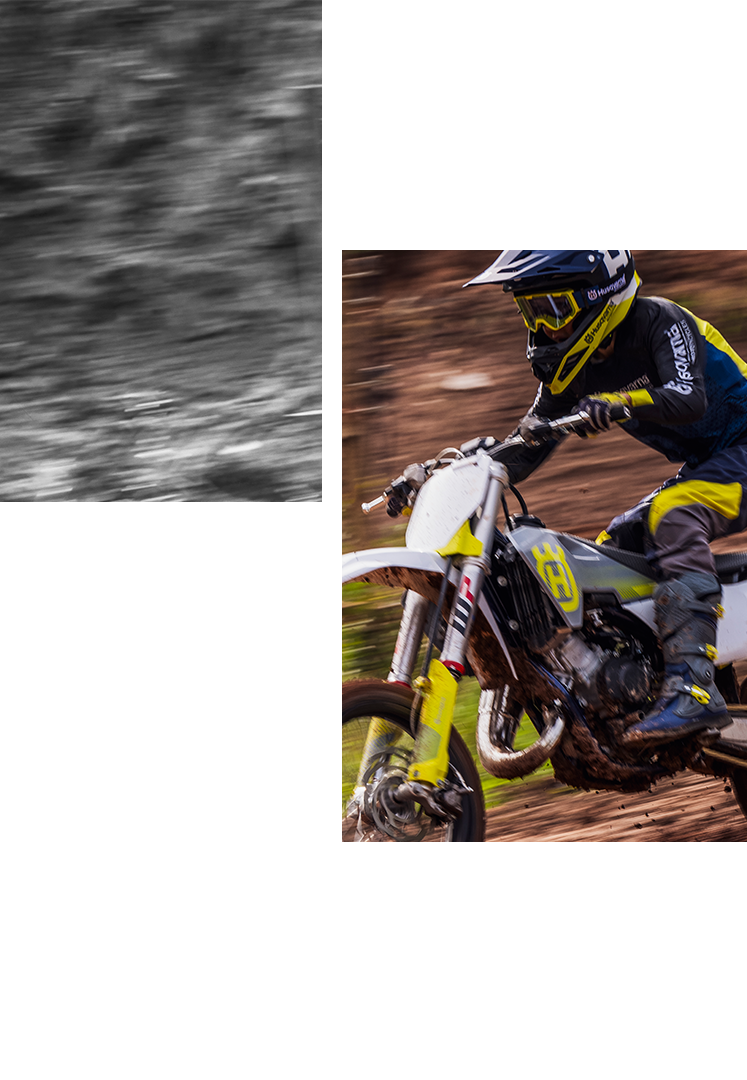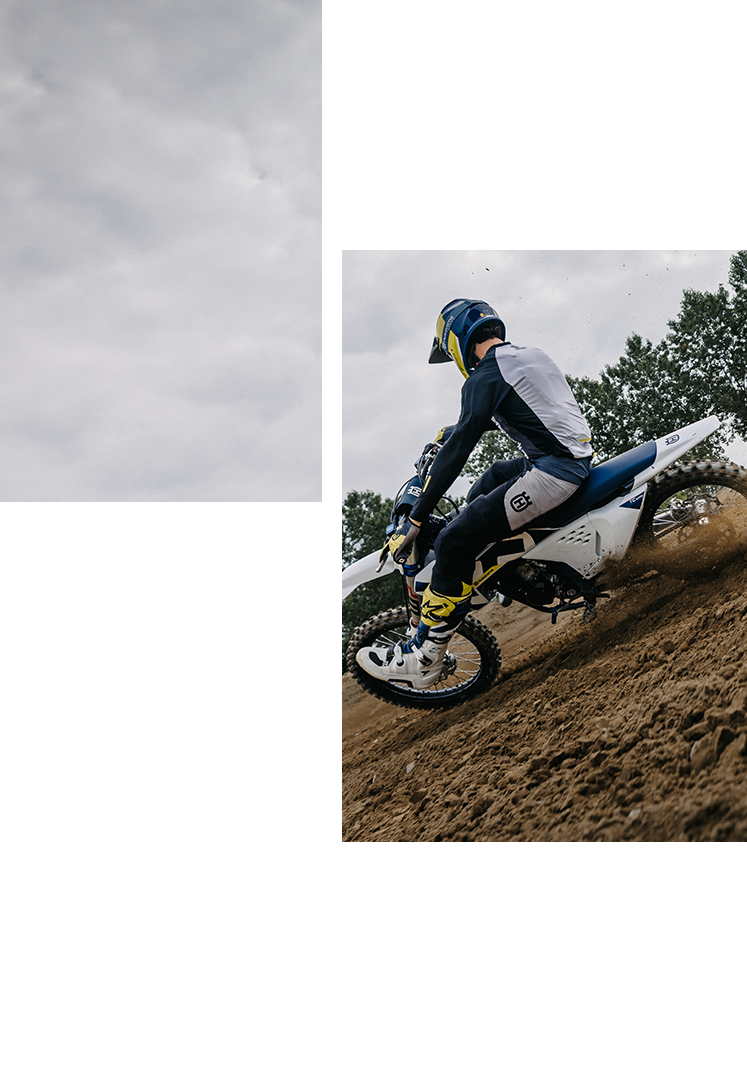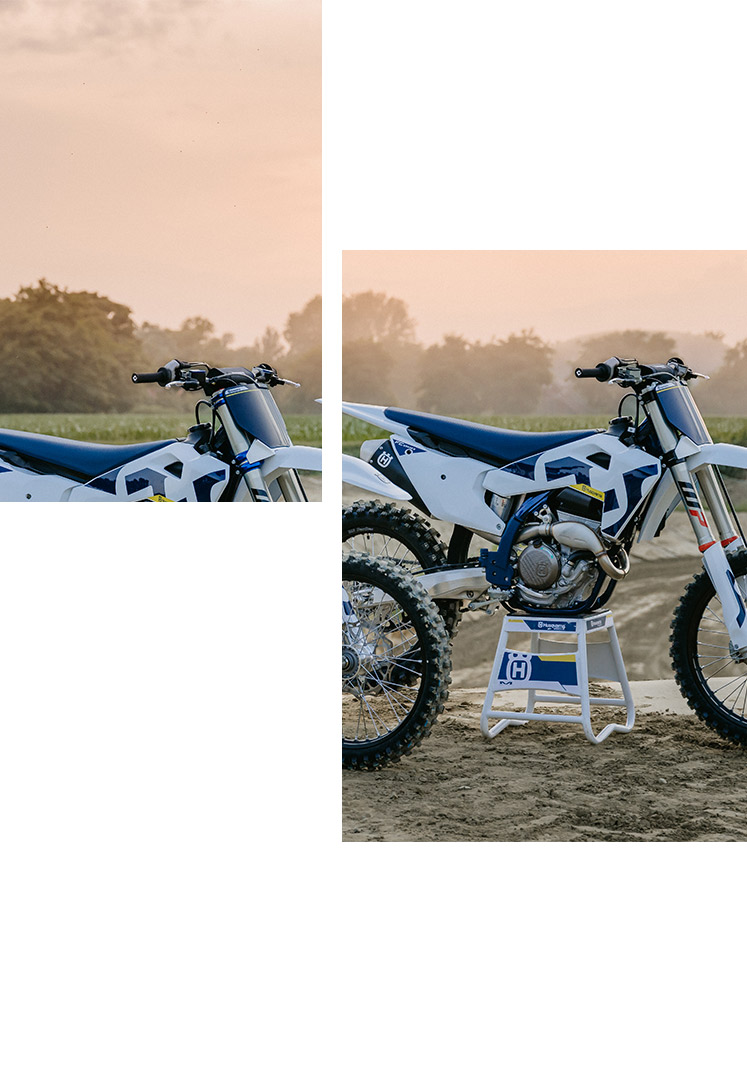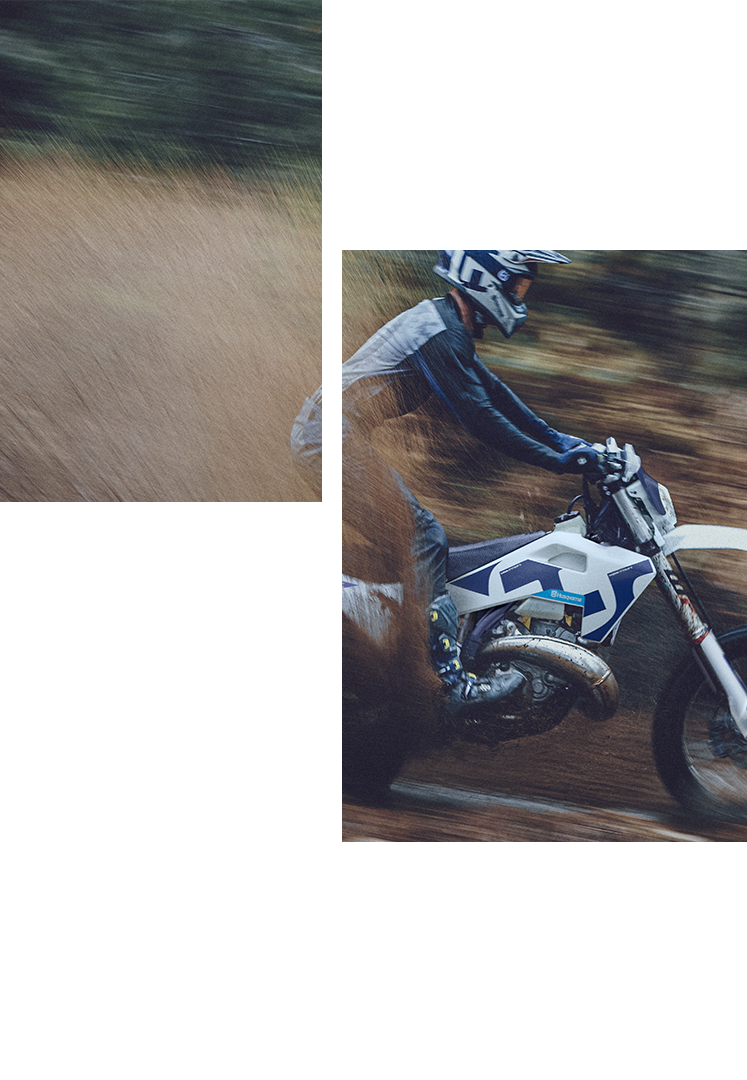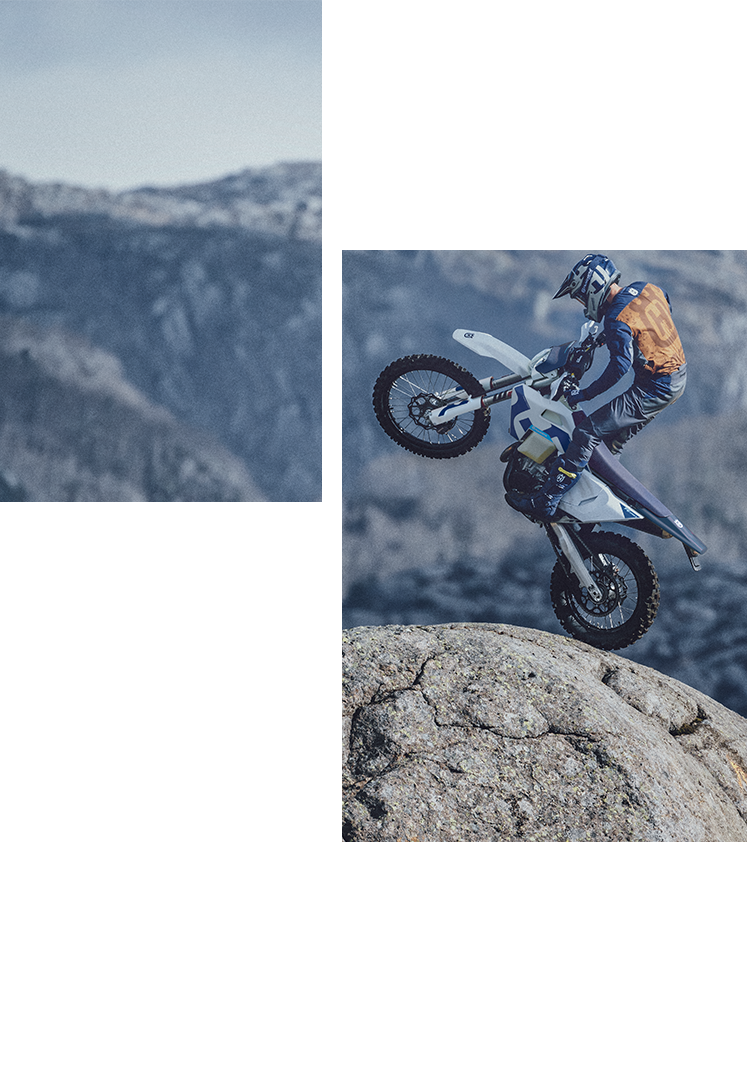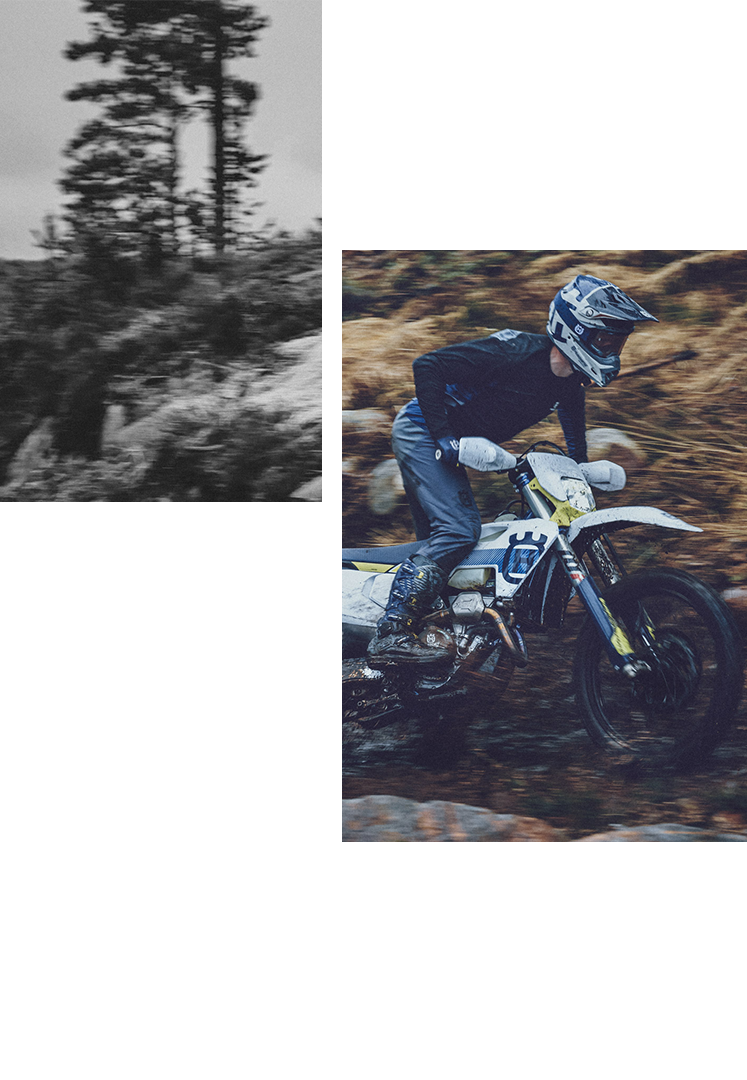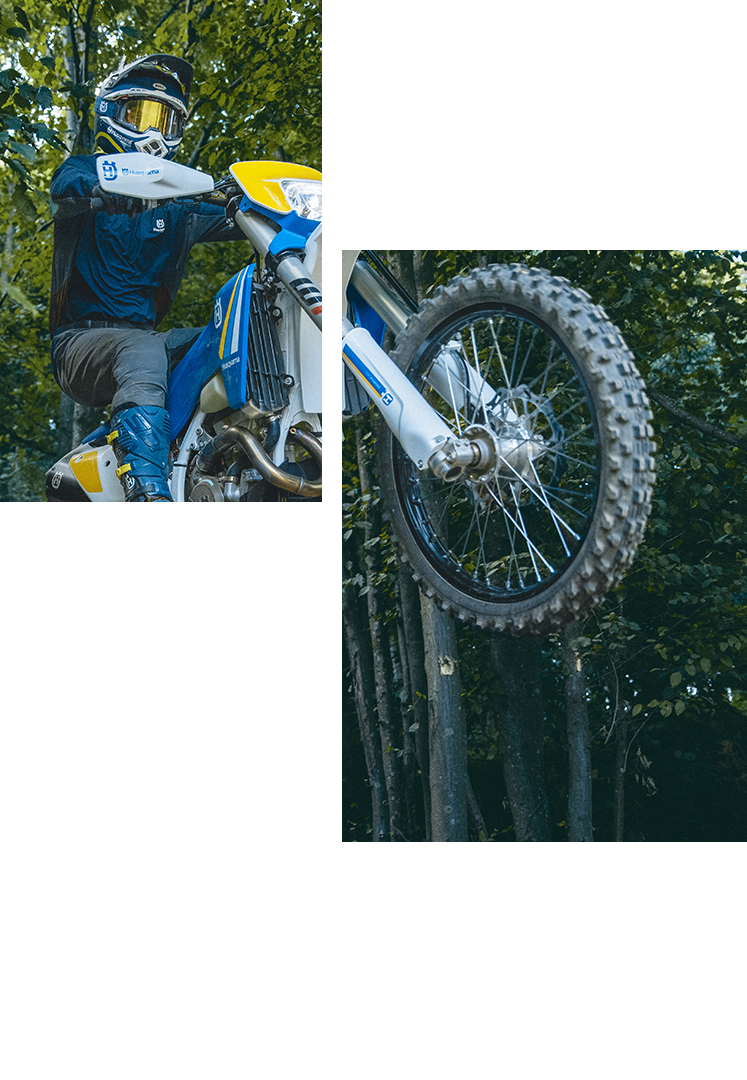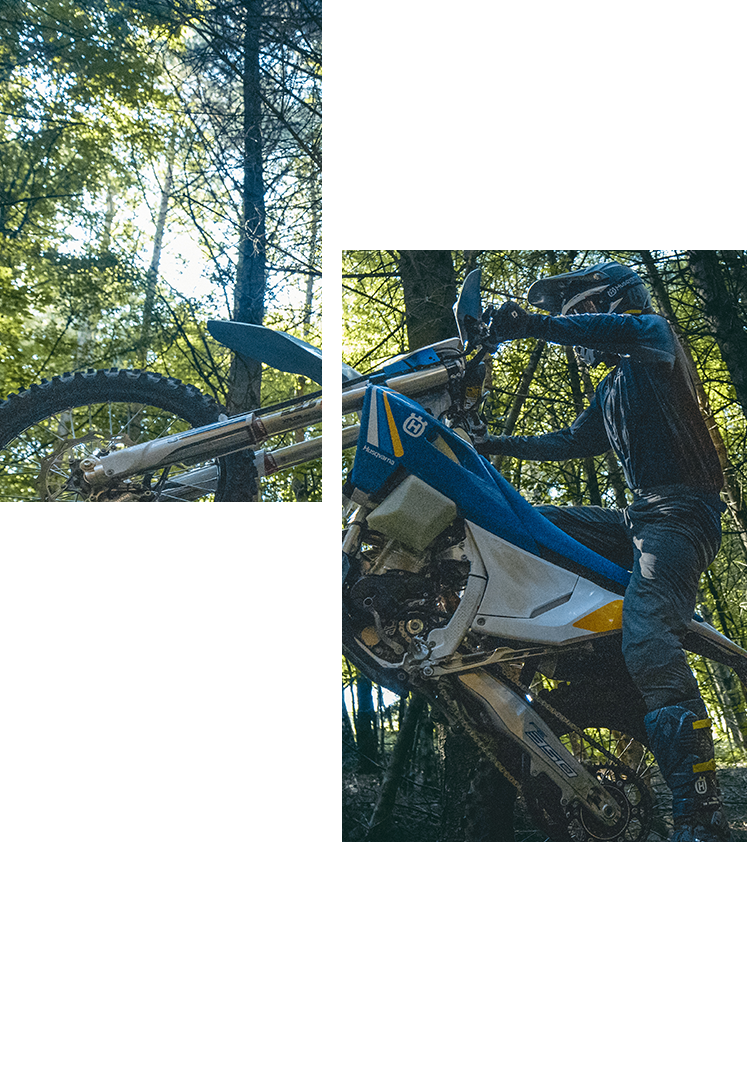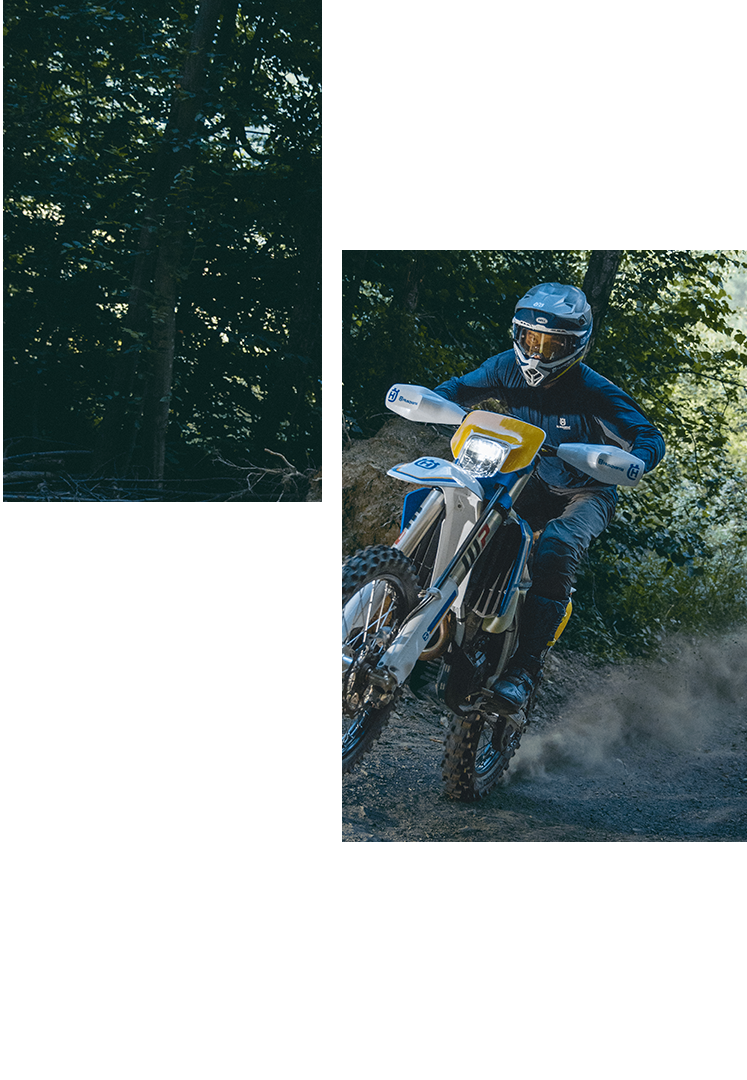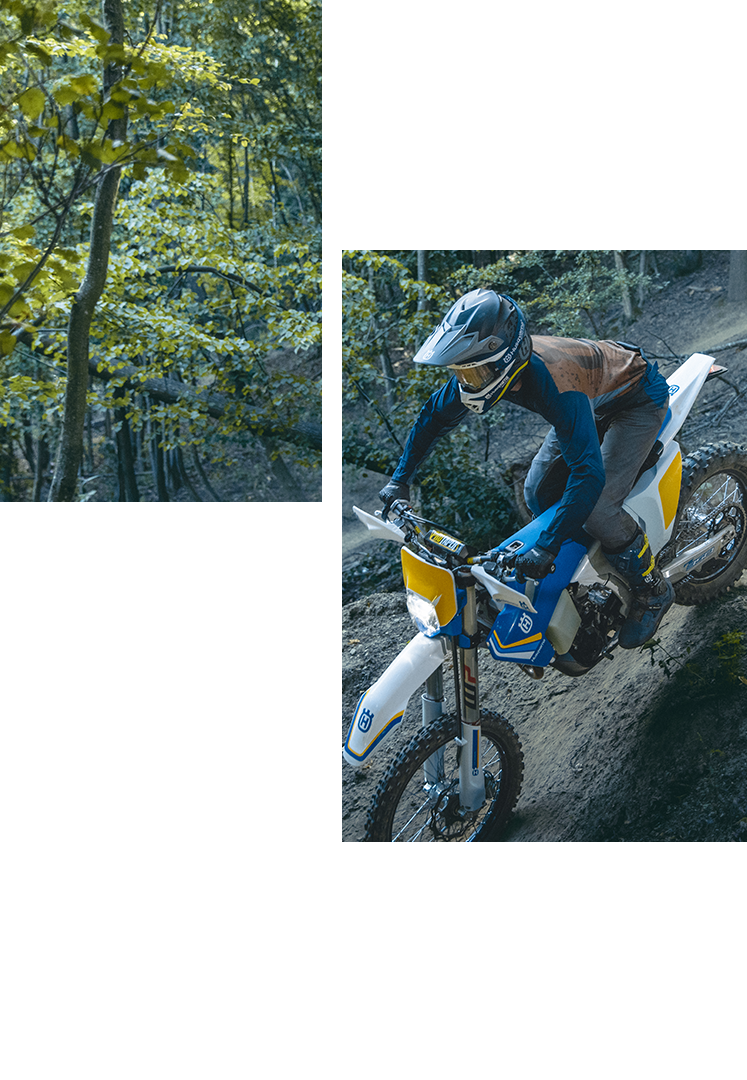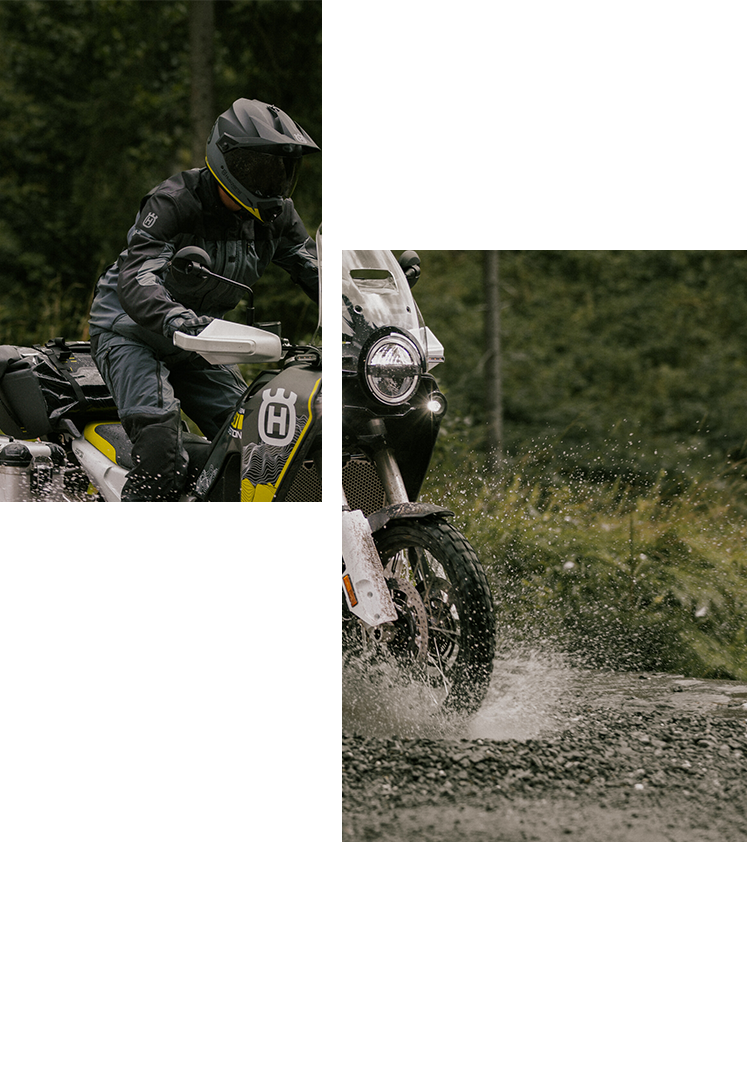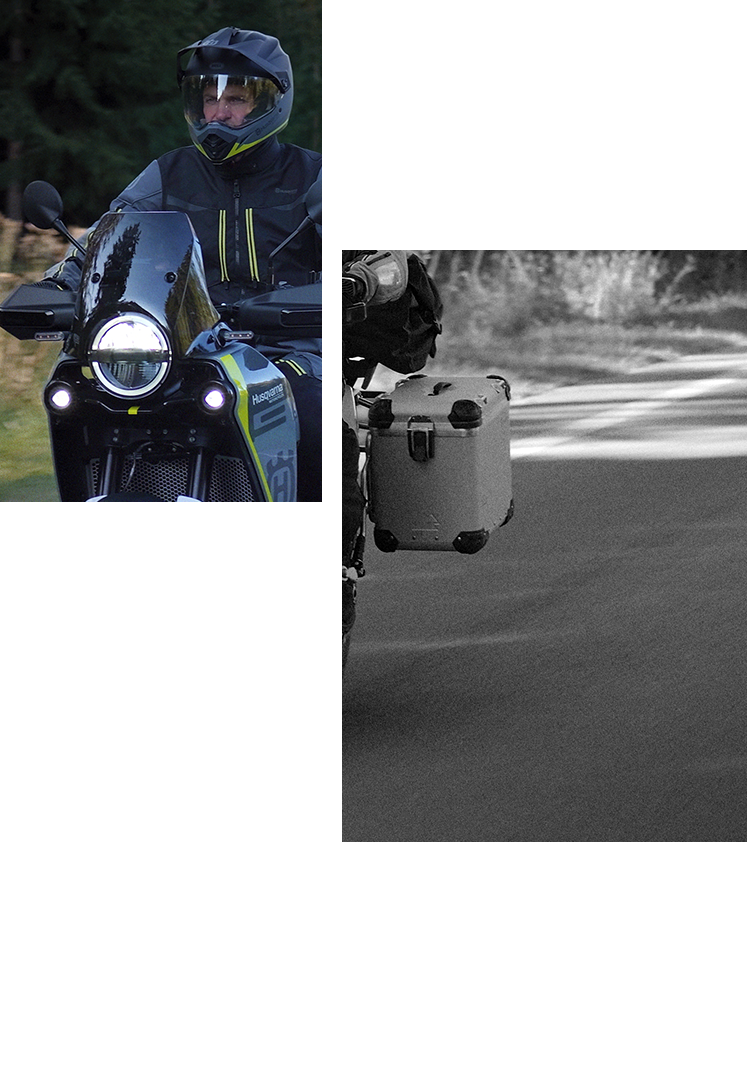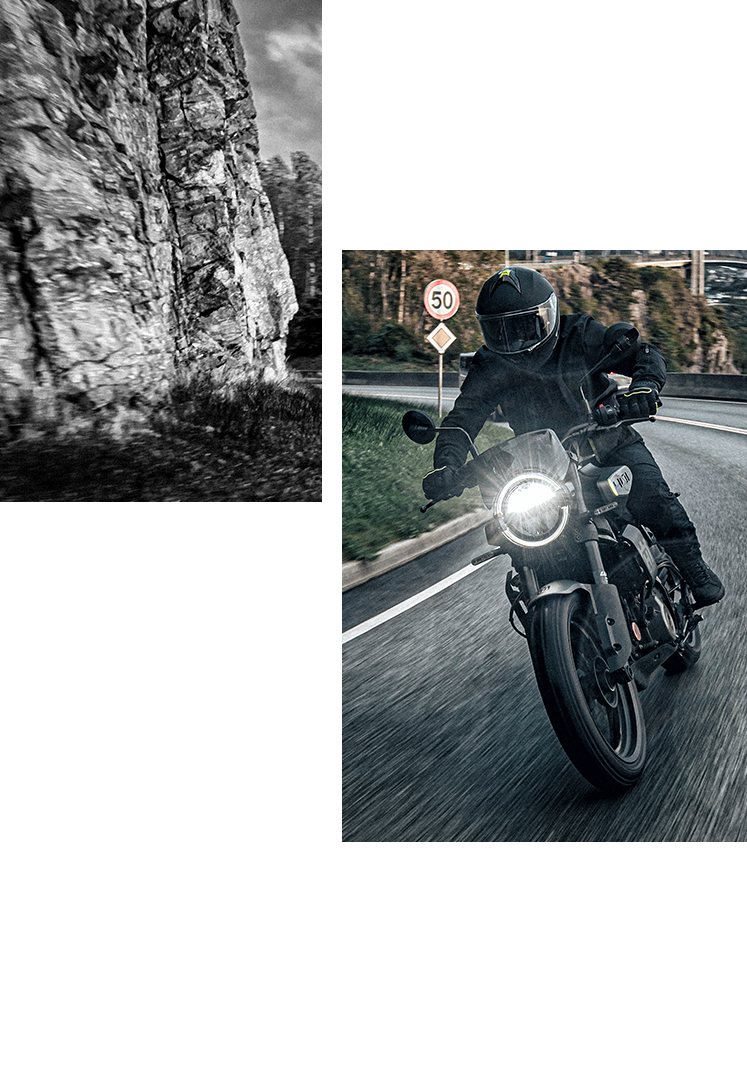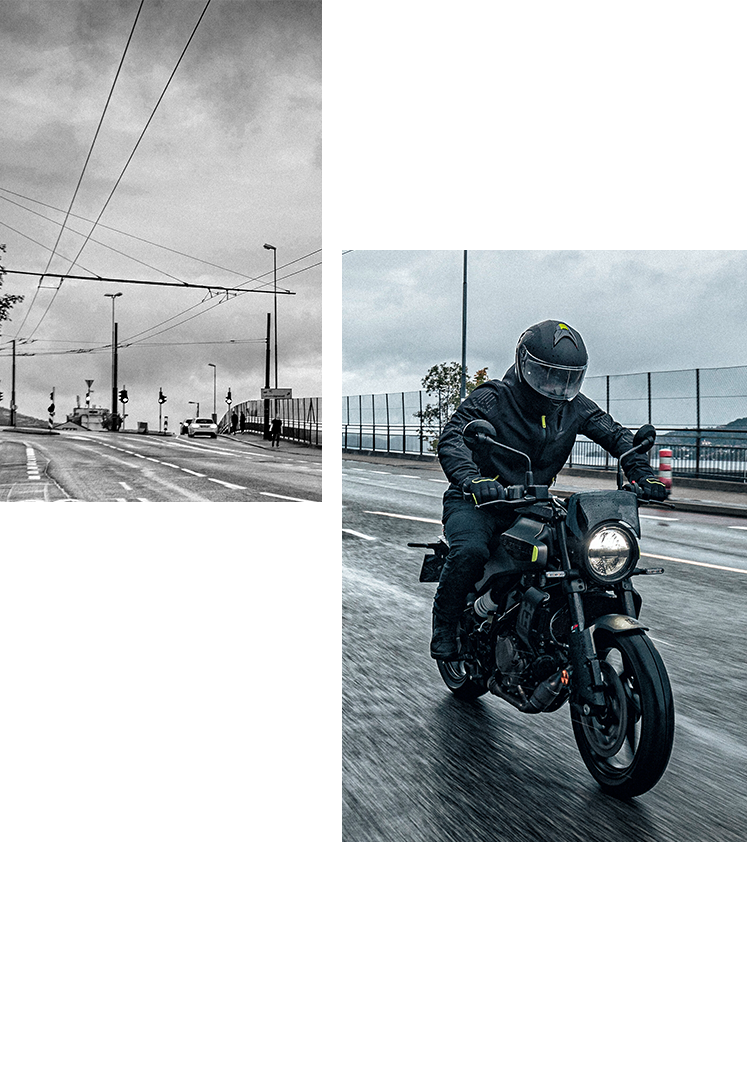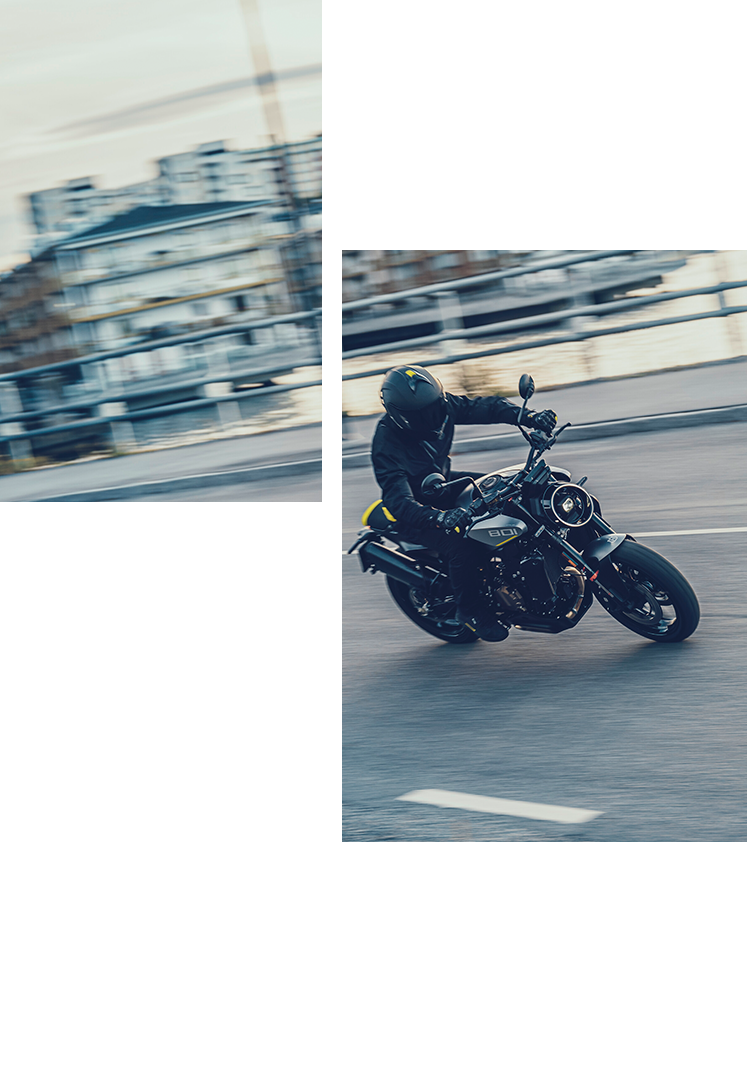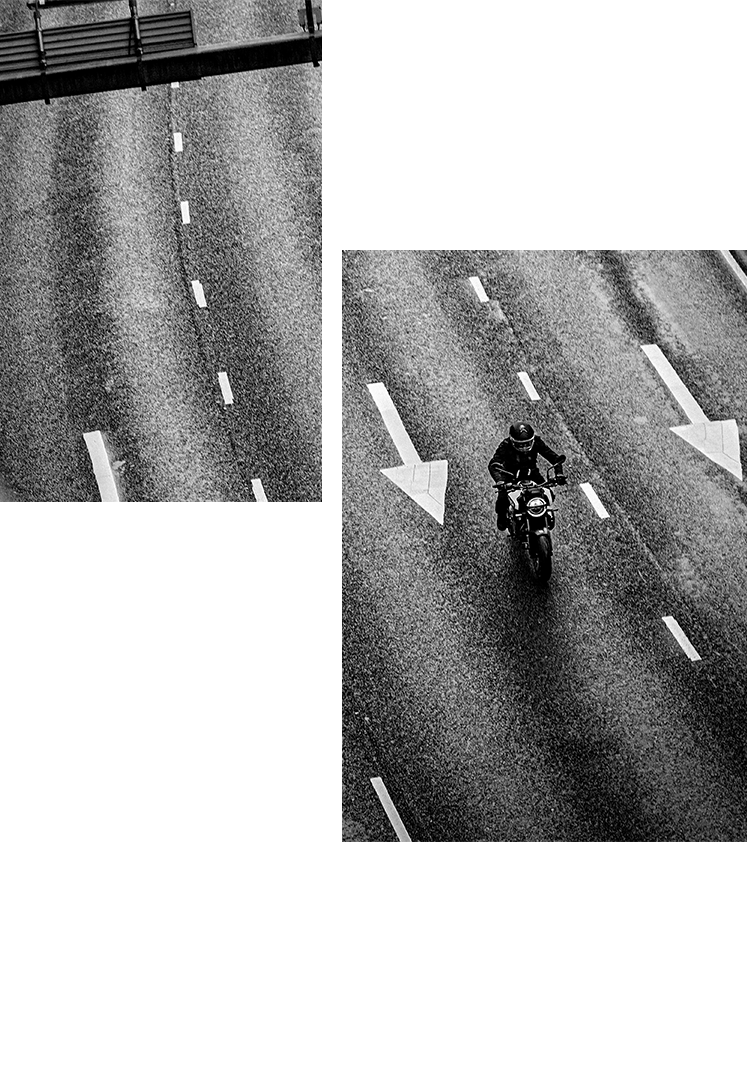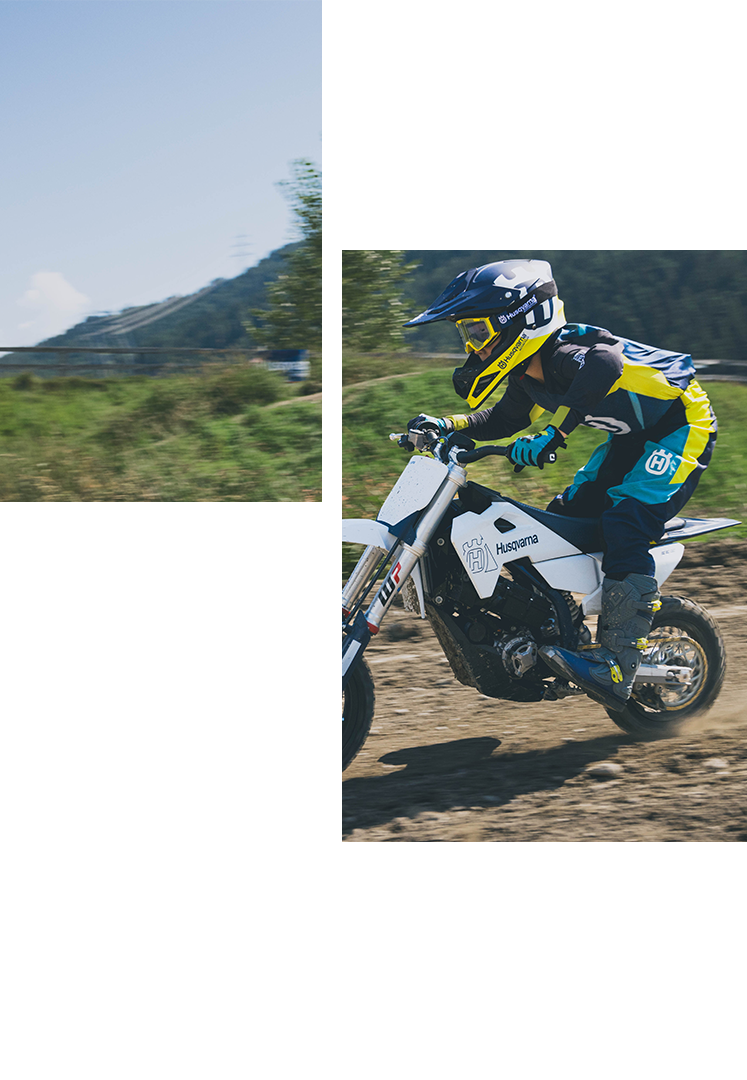Erik Hyginus remembers an incident when he was out riding around his home turf, “I arrived at a steep hill ahead of the Halna church and had to push a little in order to make the ascent. Consequently, I gave the engine a push by handling the throttle lever. Arriving at the top, I discovered a man shovelling sand from a steep ditch. When he saw me, he simply walked out on the road, obstructing my way. ‘You have to pass me with care,’ the man shouted. ‘Otherwise I will twist your neck into oblivion and bury you in my gravel pit here.’ So, I did pass him with care.”
Before the turn of the new century, Erik had laid his eyes on some ‘photographic apparatus’ in a monthly magazine. So, he decided to make his own photographic device and adapted a worn cigar box for its new purpose. By using a piece of tin plate, Erik was able to make this invention work adequately. He was successful by developing his cigar box with further research and also produced an electric shutter for which he received a patent.
A Pioneering Husky Man
by Kenneth Olausson
Born back in 1882, Swede Erik Hyginus Rud became famous for two things – an early interest for photography and as someone who bought his first real motorcycle at the age of 31 years. With his two-speed Husqvarna Moto-Rève, Hyginus rode around the western parts of Sweden on his Model 65 and immortalised everything from weddings to birthdays with his camera.
There was a small cottage, or croft, in the vicinity of Fredsberg in the western part of Sweden. It’s here where Erik Hyginus Rud was born, back in the noble year of 1882, and it was here that he grew up under spartan circumstances. From his father, he soon learned the trade of shoemaker, but just as an avocation to the daily work that had to be accomplished near home at the cottage. However, with only one cow and a small, stony piece of land it was not enough to make ends meet in the average week. Poverty was unfortunately an influential part of this young man’s everyday life, which did not suit Erik Hyginus at all. It was duly noted that he was a gifted youngster with many talents, such as being an avid reader.
Consequently, poor circumstances did not stop Erik H-R from having an appetite for life, or big dreams. Anything that was connected to technical matters for the future was swallowed up by this enthusiastic eccentric. He was addicted to developments that made life easier and that had a technical background. At the age of twenty, Erik was seen handling his initial high-wheel ‘velocipede’ and five years later he had installed an engine, making this an innovative vehicle.
With the two-wheeler, Erik had his first experience of riding a bicycle equipped with a ‘powerful’ engine. In 1913, Erik turned 31 years old and by now, he had worked enough and would spend his hard-earned money by purchasing his first motorcycle. Erik had had his eyes on a two-speed Husqvarna machine with a power-source from the Swiss company Moto-Rève. This Model 65 came from the Huskvarna factory in mid-Sweden and was manufactured between 1913 and 1915. All in all, some 250-300 units – with pedals - were produced during this period. Erik’s motorcycle had a 340cc V-twin engine with a performance capable of doing 50-60 km/h. It was a proud moment when Erik Hyginus picked up his first love at the dealer’s workshop.
At the time, there were no filling stations around, so gasoline by the barrel had to be provided by canal boats to the Hyginus home. Once, he was out of fuel and had to fill his tank with petroleum from a pharmacy. By solving his problem, this flexible man was able to ride home to complete his day’s work.
With no front brake and only a meagre rear block, it was not easy to stop the machine from a speed of 50 km/h. “You had to be careful,” he said with a smile at the age 80. “The road conditions in those days were not like nowadays in the 60s. You had to ride carefully and consider all the hazards, many of them not existing any longer.”
By 1900, Erik was able to buy his first ‘real’ camera by mail order from the capital of Stockholm. His technical knowledge and his imagination had no limits. In the early 20s, Erik made a positive attempt at building his own radio receiver. This happened even before the Swedes started broadcasting news by radio. Consequently, from the beginning, Erik could only listen to Morse signals before the national radio began sending transmissions. Erik also installed telephones within the local community, so his neighbours were able to talk to each other. This of course was very much appreciated as the authorities had not yet begun with their telecom company.
But it was his interest in photography that was going to occupy most of Erik’s time. On his two-speed Husqvarna, he rode to celebrations and confirmation parties and earned extra money as an allowance. Mister Hyginus made his proud motorcycle trips with his camera equipment attached to the vast rear luggage carrier, which can be seen on the photo. Erik also devoted time to document people in their environments during the early stages of the 20th century. He rode his Husqvarna until 1926 before he switched to driving a car. By doing so, he was also able to work by night and could extend his hours for efficiency. Erik Hyginus Rud died in 1972 at the age of 91 years. He lived, if you please, in the shadow of the devil – being a truly happy man, who made a difference in life, simultaneously being a Husqvarna motorcyclist and a colourful photographer!




